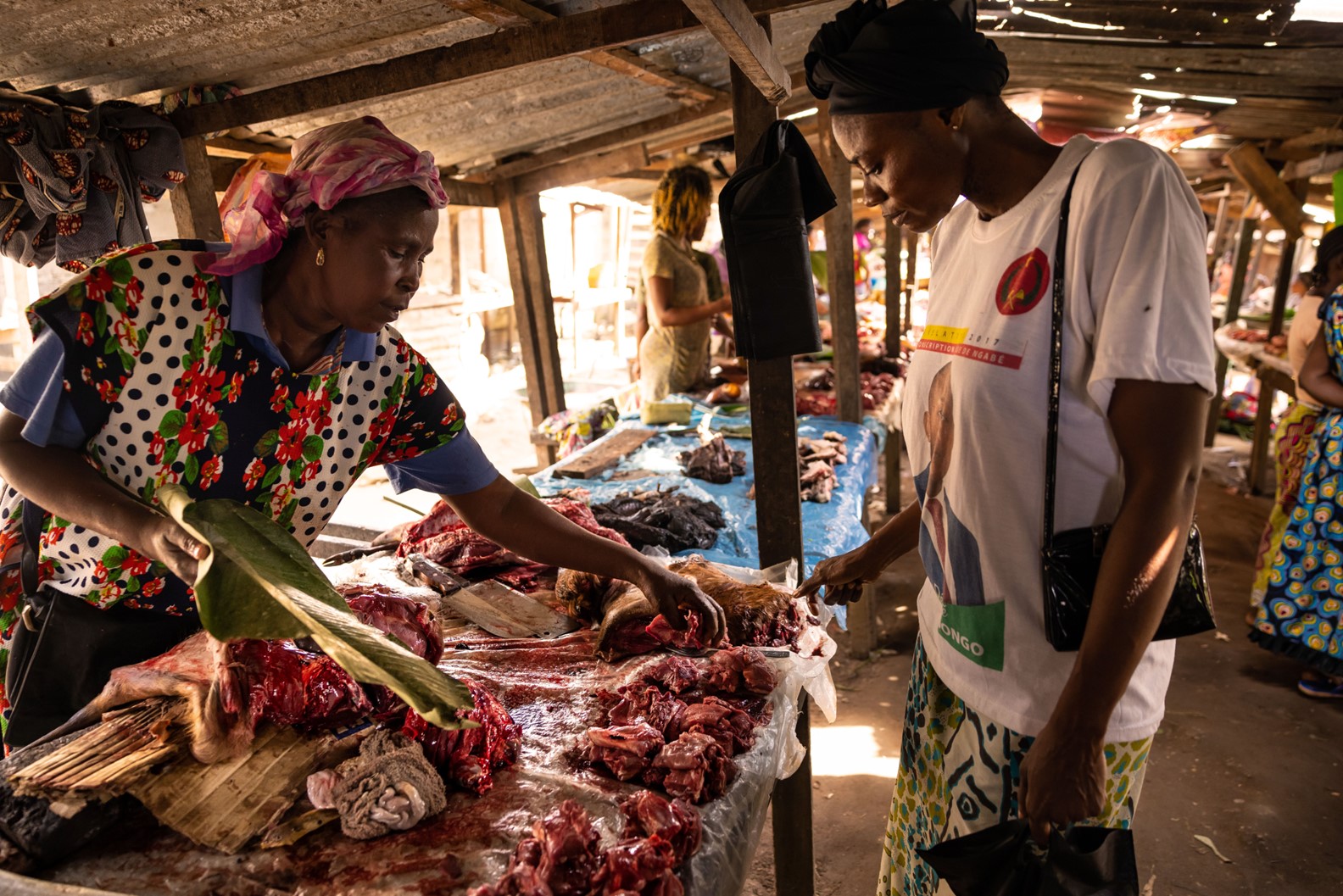How to balance the needs of both humans and wildlife?

Wild mammals, reptiles, birds and insects are eaten by people worldwide. But overhunting – driven mainly by the demand for wild meat in urban centres – is threatening hundreds of wildlife species with extinction. It also risks cutting off millions of families from a critical source of nutrition, especially Indigenous Peoples and local communities in tropical and subtropical regions. Widespread commercial trade further complicates the issue.
“Tackling the immense problem of unsustainable wildlife hunting is like trying to take down an elephant with a pea shooter,” said Julia Fa, a Senior Research Associate at CIFOR-ICRAF and an expert in the use of wildlife in tropical and subtropical regions. She led a side event at the 15th summit of the UN Convention on Biological Diversity (CBD) in Montreal, or COP 15, last December.
Large, complex problems require strategic solutions, explained Fa, and the Sustainable Wildlife Management (SWM) Programme is a powerful tool against rampant overextraction.
The SWM Programme is a consortium made up of the Food and Agriculture Organization of the United Nations (FAO), the French Agricultural and Development Research Organisation (CIRAD), the Center for International Forestry Research (CIFOR) and the Wildlife Conservation Society (WCS). Launched in 2017 with funding from the European Union and the French Facility for Global Environment and French Development Agency, the SWM Programme is a seven-year initiative of the Organisation of African, Caribbean and Pacific States (OACPS).

